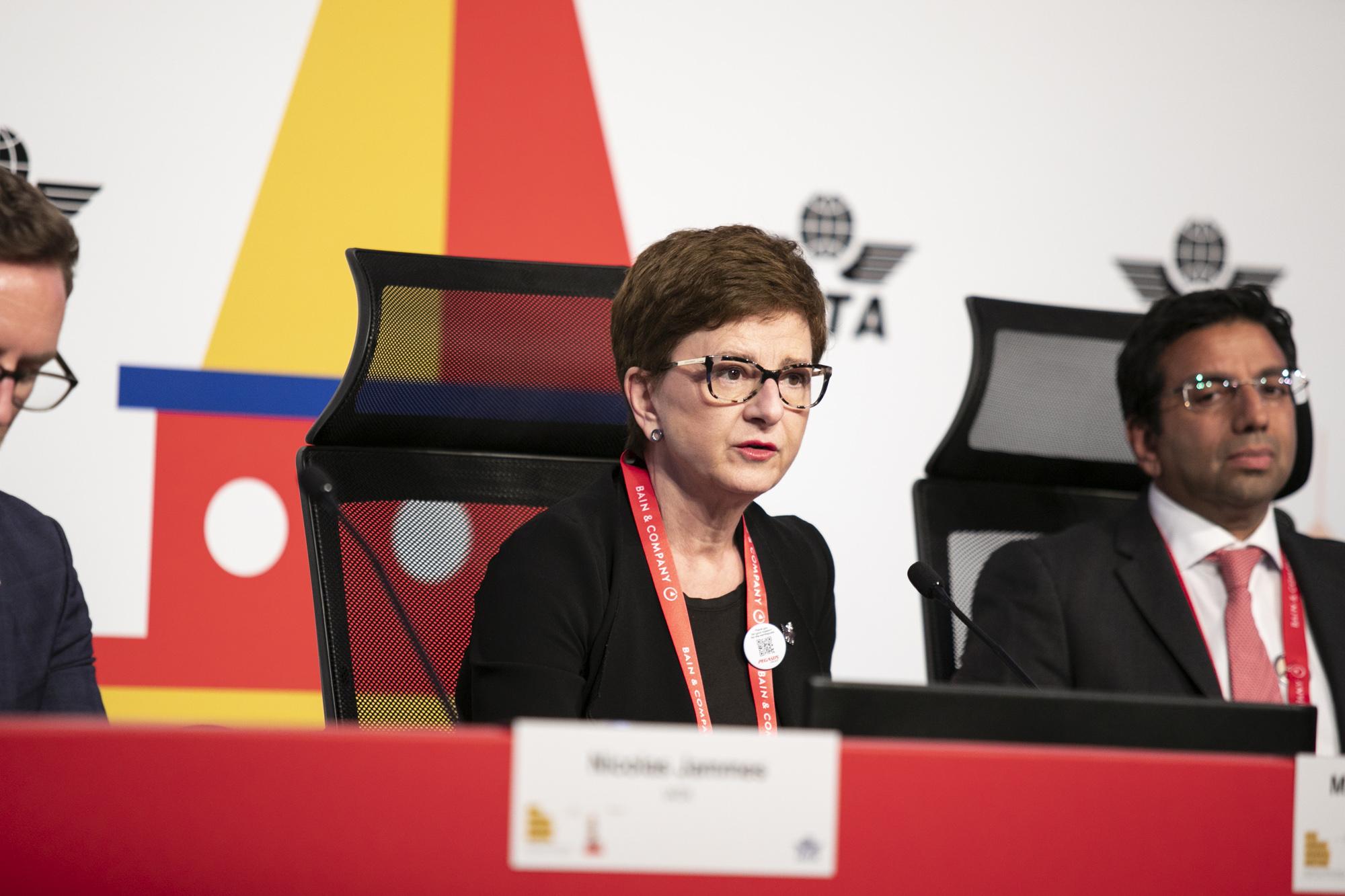
IATA chief economist Marie Owens Thomsen
Credit: IATA
ISTANBUL—The world’s airlines are forecast to post a $9.8 billion net profit for 2023, more than double what had been anticipated just six months earlier as economic and other conditions have improved. Significant factors in the upgrade of IATA’s December 2022 outlook, when it forecast a collective...
Subscription Required
This content requires a subscription to one of the Aviation Week Intelligence Network (AWIN) bundles.
Schedule a demo today to find out how you can access this content and similar content related to your area of the global aviation industry.
Already an AWIN subscriber? Login
Did you know? Aviation Week has won top honors multiple times in the Jesse H. Neal National Business Journalism Awards, the business-to-business media equivalent of the Pulitzer Prizes.
